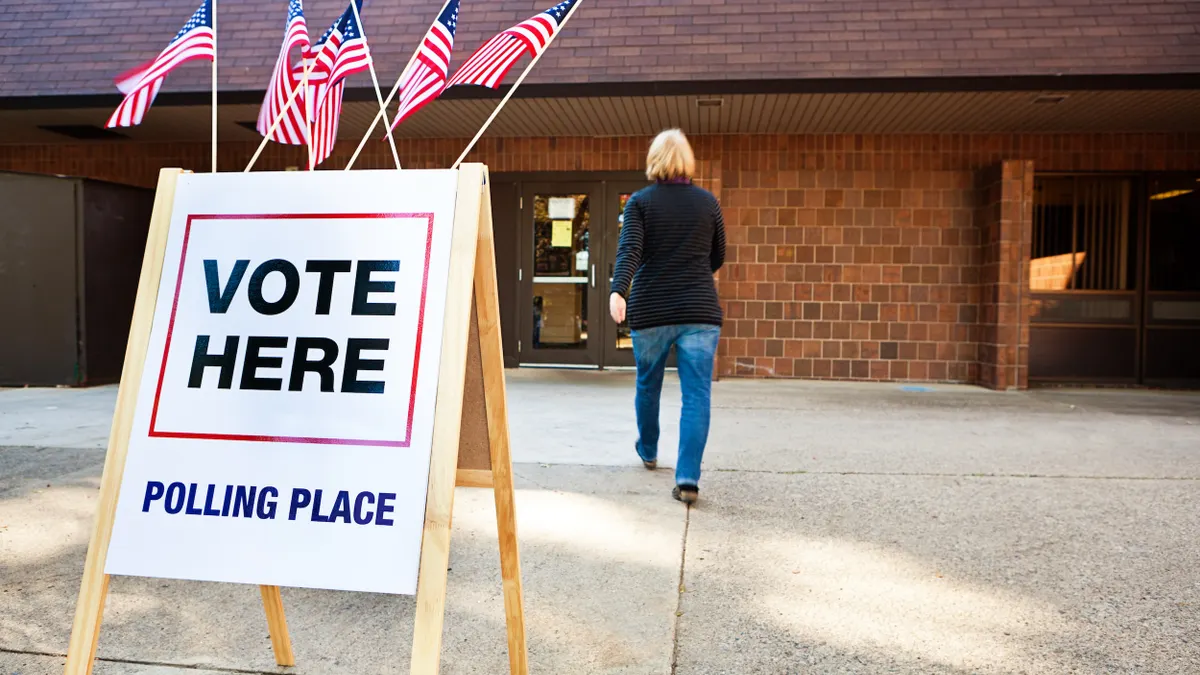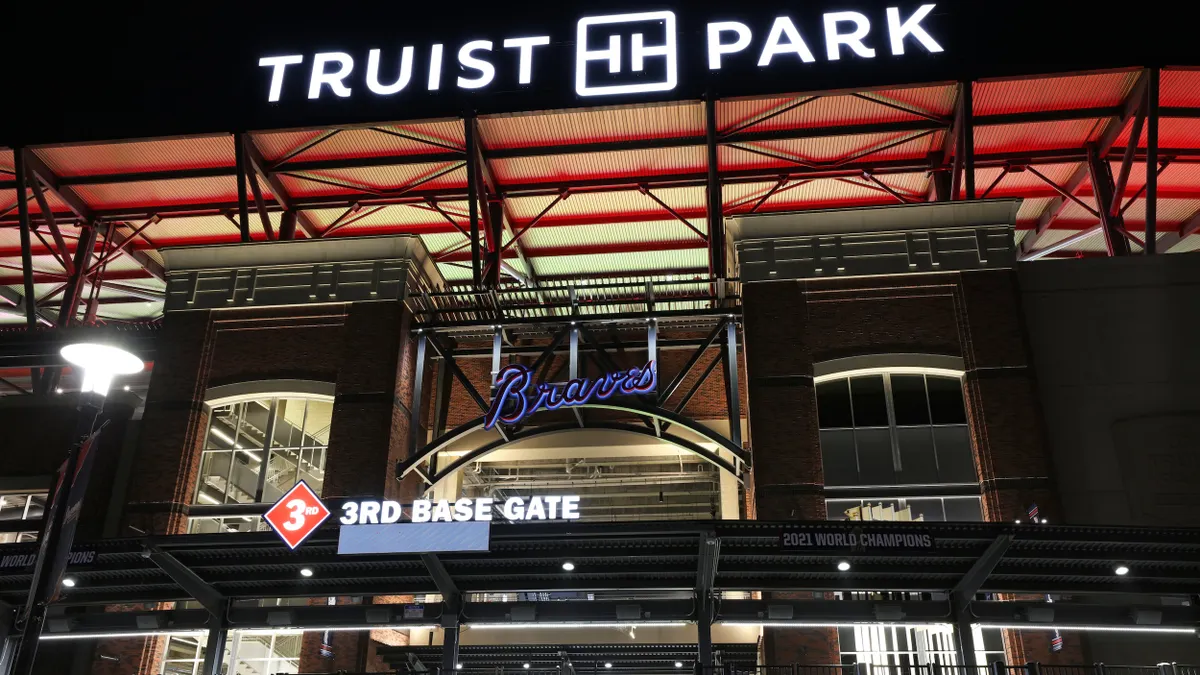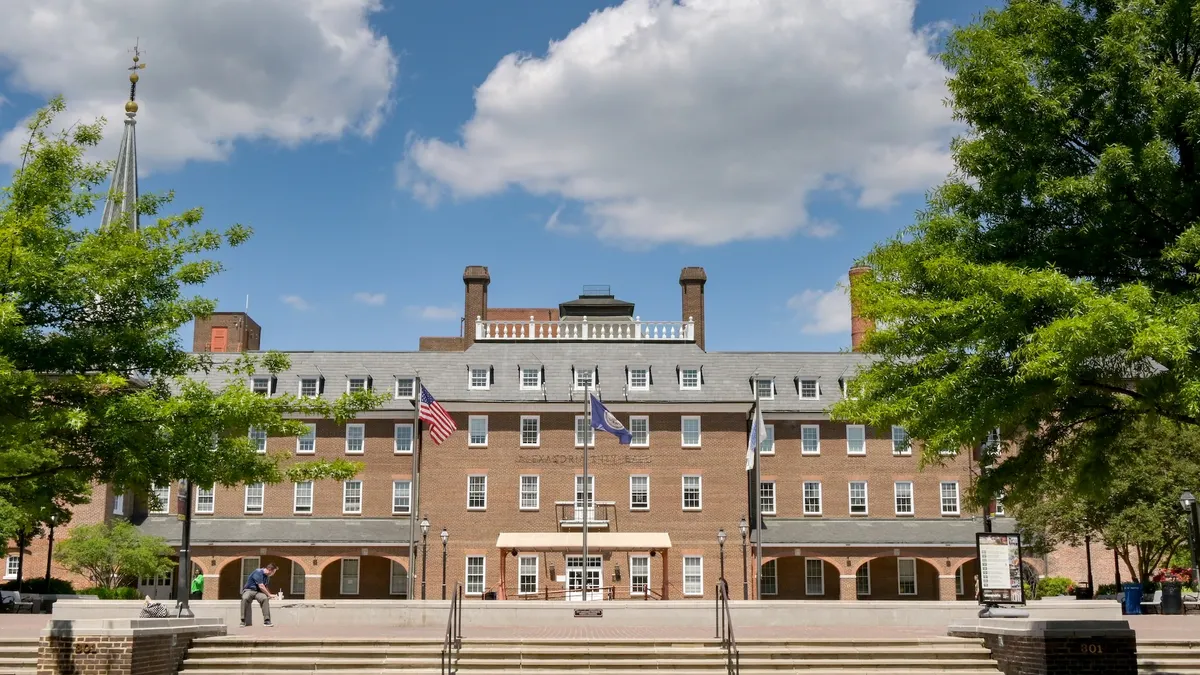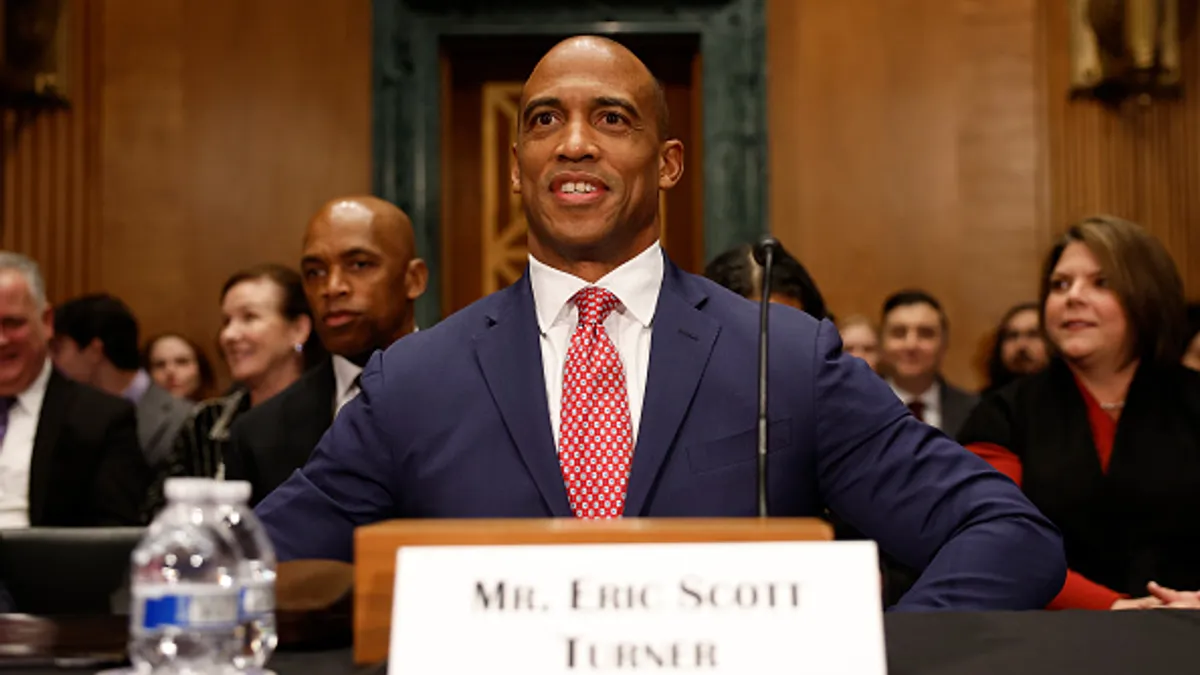Societal evolutions are the sum of a lot of different parts, with modern concepts, technologies and language playing a large role. But sometimes a familiar concept takes on a new name or morphs slightly to appear like a completely fresh idea. Such is the case with "crowdsourcing."
Some consider crowdsourcing synonymous with online money-raising campaigns through websites such as GoFundMe, but that’s crowdfunding — a derivation of crowdsourcing. And some view it as an activity only for younger demographics, although all ages are welcome and encouraged to participate. Crowdsourcing actually is a modern iteration of a more basic concept: good ole public engagement.
What it is (and isn’t)
"Crowdsource" is defined in the following way: "to utilize (labor, information, etc.), contributed by the general public to (a project), often via the Internet and without compensation."
From that perspective, it presents a beneficial problem-solving strategy for city project planning, considering the overall municipal goal should be to serve the general public, experts say.
Gartner Senior Director, Analyst Daren Brabham has written extensively about the benefits and challenges of using crowdsourcing in public planning processes. He states in his book "Crowdsourcing" that “the locus of control regarding the creative production of goods and ideas exists between the organization and the public, a shared process of bottom-up, open creation by the crowd and top-down management by those charged with serving an organization’s strategic interests."
In other words, crowdsourcing involves a more collaborative creative process than if a city fully devises a project and then presents it to the public for feedback.
A key feature of crowdsourcing is that it occurs early in a project — sometimes prior to its true inception — and not solely at the later stages, which is how municipalities traditionally have gathered public input. Early engagement is a dominant strategy that Bloomberg Philanthropies promotes in its collaborations with cities.
"This idea of resident engagement, and particularly resident engagement on the front end of project design, is not some kind of soft topic for government. It's really becoming a must-have,” Andrea Coleman, who works on government innovation at Bloomberg Philanthropies, told Smart Cities Dive. “[It] enables cities to tap into the expertise of residents [and] the energy of residents to better understand the problems, to improve the design of… existing services and new services and inform new ideas.”
Allowing the public to help shape a project from the start can alleviate expensive fixes down the line if a project were to not meet citizen needs. Bloomberg Philanthropies’ Mayors Challenge finalist Charlotte, NC discovered that when developing its project of a coastal flooding alert system. Coleman said the city "started with a lot of assumptions about what people wanted and needed,” such as live video feeds, but soon learned citizens only wanted basic information that can be gathered with sensors, therefore allowing the city to cut costs.
"This idea of resident engagement, and particularly resident engagement on the front end of project design, is not some kind of soft topic for government. It's really becoming a must-have."

Andrea Coleman
Bloomberg Philanthropies
In some cases, “cities are able to generate additional funding” because engaging citizens early creates a buzz about a project and private foundations, nonprofits or state governments might offer to contribute funding for citizen-backed ideas, Coleman said.
Despite crowdsourcing’s usefulness and familiar base concept of public engagement, many cities haven’t yet adopted it. Bloomberg's 2018 American Mayors Survey showed that 51% of the respondents reported getting new ideas from citizens, but only 26% reported using crowdsourcing. The low number might be partially due to different perceptions of what “crowdsourcing” means, but it could also indicate a lack of employing a strategy.
And there is a common misconception that crowdsourcing must be "high-tech" or involve mobile apps and other advanced technologies. In reality, simply gathering data from a wide swath of citizens through an online survey at the beginning of a project is crowdsourcing at a basic level.
Successful implementation
Boston harnessed the power of crowdsourcing for many projects over the last several years. One of if its first efforts was a simple online form to gather community feedback.
"We used all the natural networks the city has to promote that," Kris Carter, City of Boston co-chair of the Mayor's Office of New Urban Mechanics, told Smart Cities Dive. He explained delving into crowdsourcing in this way minimizes a city’s costs and risks. “I don’t think it’s cost prohibitive. There are certainly lightweight ways you can approach this."
Boston also gathers and analyzes public data via crowdsourcing-centric apps such as 311. Besides simply using 311 data to find out about service needs such as traffic signal or pothole fixes, “we use that data to think about how maybe we would allocate capital resources differently to address needs in the future. Or analyze it to find new insights that we might have been missed,” Carter said.
New Rochelle, NY also has recognized the benefits of crowdsourcing information via apps. It was one of last year’s nine winners of the Bloomberg Philanthropies’ Mayors Challenge and is receiving support to build an augmented reality app that fosters crowdsourcing. Citizens will be able to access the app from wherever they are and see presentations about proposed municipal and private projects, including viewing an augmented reality presentation at project sites. But they can also vote on different proposals and submit comments to the city.
"The goal is to create an app that performs that function… and is adaptable so almost any community would be able to use it and adapt it to their particular community and projects," Ralph DiBart, executive director of the New Rochelle Business Improvement District, told Smart Cities Dive.
The city and its partners created an app prototype and a hypothetical project — installing a bandshell in one of the parks — for citizens to test. Organizers ended up hearing community considerations they hadn’t previously thought of and the testing event "was not only great in soliciting structured feedback, but also soliciting information that helped to further educate us," DiBart said. He said there was particularly positive feedback from disabled and senior communities, as the app enhanced equity by cutting out the challenge of attending a public meeting.
A criterion Bloomberg sets for all Mayors Challenge finalists is to engage citizens very early in the project planning process. That’s not necessarily intuitive for many municipalities, DiBart said, especially considering that a major way cities solicit feedback is through "a public hearing. By necessity, that often comes late in the [planning] process." Although New Rochelle had used crowdsourcing previously during its recent downtown re-zoning project, the Mayors Challenge provided an even greater scope of the usefulness of early engagement, DiBart said.
Wanted: New project ideas and greater trust
In addition to gathering and analyzing resident-submitted data for projects the city already has thought of, Boston has found another branch of successful crowdsourcing: outright asking residents for new project ideas. It has employed that tactic in its series of Public Space Invitationals, in which members of the community submit designs for reimagining and enhancing public spaces. Since 2014, the city has received 218 designs and has implemented 18 of them.
Leaders believe this strategy is effective in ensuring public benefits remain at the forefront of local government operations. Similarly, Boston has used crowdsourcing techniques to solicit input on general issues citizens would like to see improved in their community, with answers ranging from crime to transportation.
"As brilliant as city employees are, they don't know everything and they don’t have the context for neighborhoods the same way the residents do," Carter said. "As part of a democracy, we should be asking people for their ideas and their thoughts on things that are impacting their day-to-day lives, and try to work with them to solve those things.”
Besides its widespread use in municipal planning processes, crowdsourcing can aid with safety, security and rescue operations in emergencies. During the series of fall 2017 hurricanes, residents were able to input their exact locations so first responders could more easily find them and navigate unfamiliar landscapes.
That example is one of the many ways that crowdsourcing can build trust between governments and residents by cultivating a citizen-centered city, writes Stephen Goldsmith, Harvard professor and former mayor of Indianapolis. He explains that crowdsourcing is a strong data-driven tool that can boost government transparency and performance.
Just as citizens must build trust with the government, municipalities must develop trust in using early engagement strategies. They should "get over the fear of... waiting until an idea is fully baked before introducing it to a community," Coleman said.
Both sides of the equation experience a learning curve and a ramp-up period with crowdsourcing. Boston, for example, had “a small misstep early on with crowdsourcing” when it asked the public to place pins on a map where they would like to see new solar-powered benches, and someone spelled out profanities with the pins, Carter says. Despite the growing pains, the city does not regret crowdsourcing and now regularly relies on it during project development.
“Every problem you're trying to address is slightly unique and the methods and tactics you use to engage with the public require some thought. It's evolutionary,” Carter said. “Any good city or town should do civic engagement when starting a project. [Crowdsourcing] is just one tool in that toolbox.”




















